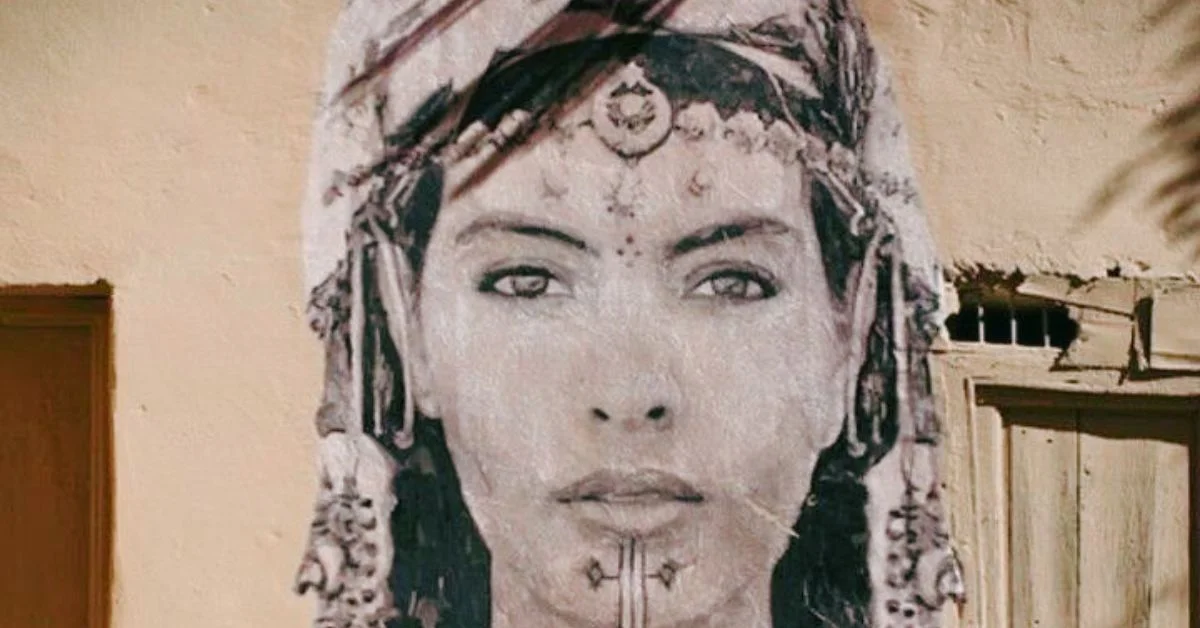Exploring Amaziğ: Unraveling the Richness of Berber Culture
Ever wondered about the vibrant tapestry of culture that weaves through the lands of North Africa? Curious about the ancient roots and contemporary relevance of its heritage? Join us on a journey of discovery as we unravel the richness of Berber culture, from its origins to its enduring significance in the modern world.
Have you ever pondered the stories hidden within the ancient sands of Morocco, Algeria, and beyond? What makes their people’s language and traditions stand the test of time against external pressures? Get ready to explore the essence of its culture, from its deep-seated history to its vibrant traditions that continue to shape communities across North Africa. Let’s embark on this fascinating exploration together!
The Origins of Amaziğ
Its culture has ancient roots, deeply intertwined with the indigenous peoples of North Africa. The Berbers, as they came to be known, were the original inhabitants of the region, existing long before Arab migrations. Their history, dating back to the time of Carthage and beyond, has shaped the cultural landscape of the Maghreb, leaving an indelible mark on the identity of the region.
From prehistoric times, the Berbers established a rich heritage deeply connected to the land. Despite the arrival of Arab migrations in the 7th century, they remained resilient, preserving their distinct identity, language, and traditions. This enduring legacy continues to influence the cultural mosaic of North Africa, celebrating the resilience and diversity of its people.
Language and Identity
At the core of their identity lies in the language, a cornerstone of their cultural heritage. The Berber languages, with their array of dialects, stand as a testament to the enduring spirit of the people across generations. Despite challenges such as Arabization attempts, the Amaziğ language remains a source of pride and heritage for communities throughout North Africa.
The linguistic richness of the language reflects the diverse history and traditions of its speakers. From ancient times to the present day, the language has served as a powerful symbol of their identity, fostering a sense of unity and belonging among its speakers. In the face of external pressures, the resilience of its language continues to be celebrated, reaffirming its status as a vital component of its cultural heritage.
Traditions and Customs
Amaziğ traditions are deeply rooted in a profound reverence for the land, community, and ancestral knowledge. Festivals marking bountiful harvests, adorned with vibrant colours and lively celebrations, serve as a testament to the cultural richness embedded within Berber customs. These cherished traditions passed down from one generation to the next, honour the past and serve as a source of continuity and identity for their communities.
In addition to festive occasions, its traditions encompass a wide array of intricate handicrafts that showcase the skill and creativity of Berber artisans. From hand-woven textiles to intricately patterned ceramics, these crafts are imbued with the stories and symbolism of Berber culture. Through the creation and preservation of these artisanal treasures, their communities uphold their cultural heritage while also contributing to the local economy and identity.
Furthermore, the social organization within Berber communities emphasizes collective values and mutual support, fostering strong familial and communal bonds. Whether through communal farming practices or cooperative ventures, their traditions prioritize solidarity and collaboration. This communal ethos not only strengthens social cohesion but also reinforces the interconnectedness between individuals, families, and the wider community, ensuring the preservation of its culture for future generations.
Historical Significance
Throughout the annals of history, their communities have wielded significant influence in shaping the political and social dynamics of North Africa. During the Umayyad Caliphate, Berber forces stood as stalwart defenders against Arab conquest, showcasing their unwavering resilience in the face of external pressures. Similarly, in Al-Andalus, Berber garrisons played crucial roles in safeguarding the region’s borders and maintaining stability, leaving an enduring mark on the history of the Iberian Peninsula.
Legendary figures such as Yusuf ibn Tashfin and Kahina have emerged as symbols of Berber resistance and fortitude, embodying the spirit of their resilience throughout the ages. Their leadership and courage in the face of adversity have inspired generations, underscoring the pivotal role that their communities have played in shaping the cultural and historical landscape of North Africa. From epic battles to acts of defiance, the historical significance of their contributions resonates across time, highlighting their enduring legacy in the annals of history.
Contemporary Relevance
In today’s world, their cultural identity remains vibrant and relevant, thanks to dedicated efforts aimed at safeguarding and promoting Berber heritage. Initiatives focused on revitalizing the Amaziğ language play a crucial role in preserving this integral aspect of Berber identity, ensuring that future generations continue to embrace their linguistic roots. Additionally, the documentation of cultural practices and the celebration of Berber festivals serve as vital means of passing down traditions and maintaining a sense of cultural continuity among their communities.
Moreover, culture serves as a wellspring of inspiration for artists, musicians, and filmmakers across the Maghreb and beyond. From traditional music and dance to contemporary art forms, the rich tapestry of Berber culture provides a fertile ground for creative expression and exploration. As a result, cultural motifs and themes infuse a sense of authenticity and depth into various forms of artistic endeavours, enriching the cultural landscape of the region and fostering cross-cultural exchange and understanding.
Conclusion
To sum up, their culture represents a tapestry of diversity, resilience, and cultural richness that spans centuries. From the ancient traditions of the Berber tribes to the contemporary expressions of their identity, the legacy of this vibrant culture endures. By embracing and celebrating the multifaceted heritage of the Amaziğ people, we honour not only their past but also the ongoing contributions of Berber communities to the cultural mosaic of North Africa and the world.
FAQs
What is the significance of Amaziğ culture in North Africa?
Their culture is deeply intertwined with the history, identity, and traditions of North Africa, serving as a symbol of resilience and cultural diversity in the region.
How does Amaziğ culture differ from Arab culture?
While both Amaziğ and Arab cultures share historical and geographical ties, they possess distinct languages, customs, and traditions that reflect their unique identities and histories.
Are Berber languages still widely spoken today?
Yes, millions of people still speak Berber languages throughout North Africa, although usage varies by region and context.
What role does Amaziğ identity play in contemporary society?
Their identity is a source of cultural pride, solidarity, and resistance against cultural homogenization and marginalization in modern North African societies.
How can individuals support the preservation of Amaziğ heritage?
Individuals can support the preservation of their heritage by advocating for language revitalization, participating in cultural events, supporting local artisans, and engaging in cross-cultural dialogue and exchange.







